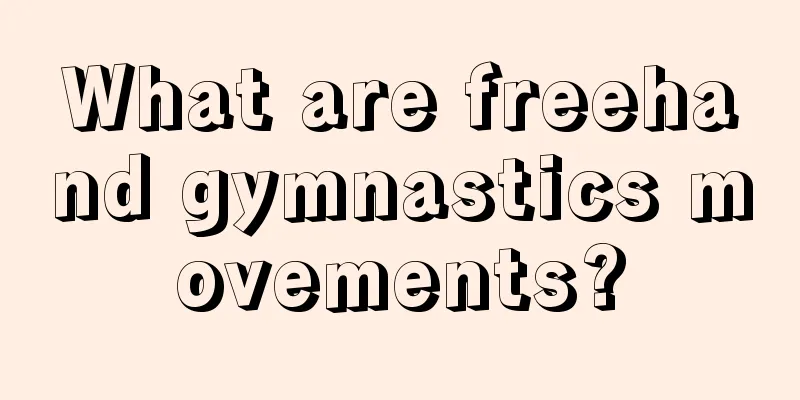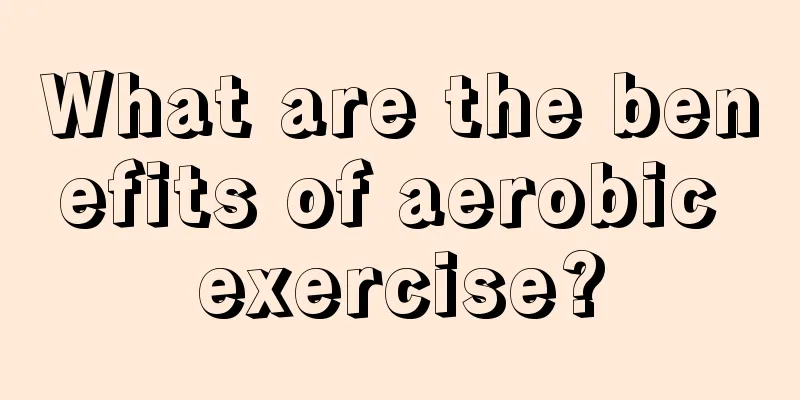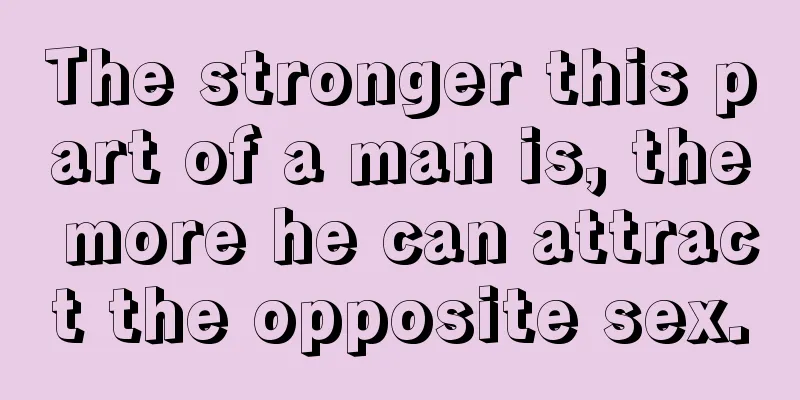What are freehand gymnastics movements?

|
We have been doing some gymnastics since elementary school, which can develop sports and enhance physical fitness, but freehand gymnastics is only seen in some sports events. Of course, freehand gymnastics movements are also difficult, and not everyone can succeed if they want to. It requires a high level of body flexibility for everyone. Next, let us understand what freehand gymnastics movements are like? Calisthenics refers to physical exercises performed with bare hands. Basic exercises are based on the characteristics of various parts of the human body and follow a certain procedure, consisting of a series of freehand movements such as lifting, shaking, swinging, falling, turning, flexing and extending, and circling. It does not require any equipment and is not restricted by site conditions. It is easy to promote and has broad mass appeal. The movements of freehand gymnastics can be divided into movements of the neck, upper limbs, shoulders, lower limbs and torso according to the structure of the human body. The neck can be flexed, rotated and circled in all directions; the upper and lower limbs can be lifted, shaken, flexed and extended in various parts, and circled in all directions; the torso can be flexed, circled, rotated and tilted in all directions. The movements of freehand gymnastics can also be divided into different exercises such as developing strength, speed, flexibility and muscle relaxation according to their different values for human body training. (a) Body posture refers to the external expression of movement. It includes the starting posture, the posture during the movement, and the ending posture. Whether the posture changes are correct or not directly affects the difficulty of the movement and the exercise effect. For example, when doing forward bends, raising the arms to the side, on the hips, or up will put different burdens on the back muscles. In addition, if the legs are straight or bent, the difficulty and exercise effect will also be different. The former has the correct posture and is more difficult, and can stretch the muscles and ligaments of the posterior thigh; the latter is easy to complete, but cannot achieve the desired effect. (2) The direction of action refers to the target (spatial position) to which the action points after passing a certain route. The direction of the movement is determined by the relationship between the practitioner's body and the movement performed, and can be divided into six basic directions: front, back, left, right, up, and down. In addition, inward and outward or oblique direction (referring to the middle direction between two basic planes) are often used to describe the direction of action. Because the directions of the movements are different, the effects on different parts of the body are also different. (3) Amplitude of motion refers to the distance the body or a part of the body moves when performing an action. The size of the amplitude directly affects the amount of burden on the body and the amount of exercise. For example: bending the arms flat in front of the chest and then shaking them back and raising the arms to the sides and then shaking them back. The latter has a larger amplitude than the former and also involves more exercise. (iv) Movement route refers to the trajectory of the body or a part of the body when performing an action. The motion routes are divided into linear motion and curved motion. When doing linear motion, it is necessary to indicate the starting and ending points of the movement. If you do curved movements, you should explain the intermediate route of the movement, such as raising your arms from the front to the sides. There is a certain degree of difficulty in freehand gymnastics movements, so it is not suitable for us. If you want to learn it, it is okay, but you must pay attention to safety, because freehand gymnastics movements are somewhat dangerous. When learning, you must pay attention to your own safety. You cannot let your physical safety be threatened in order to learn gymnastics. This is not cost-effective. |
<<: How to exercise to grow taller?
>>: Can skipping rope help you grow taller?
Recommend
This weekend "indulgence" is not a waste of life
Modern people work long hours. If you don’t do an...
Should I train my abdominal muscles every day?
Many men spend a lot of time every day to exercis...
How long does it take to hula hoop to lose weight?
Female friends can use hula hooping to slim down ...
Five Big Lies About Yoga and Putila
I believe that many women are keen on yoga and pu...
What are the hot fat burning yoga
There are various types of yoga, including normal...
What is the best way to exercise?
Nowadays, the warm spring is approaching day by d...
What yoga moves can be used to correct irregular menstruation?
Yoga is a sport that has become popular all over ...
After hollowing out my body, I became a new me
It is not without reason that squats are praised ...
What kind of yoga can you do in the office
Yoga is a very good aerobic exercise, which is ve...
Things to note when doing decline sit-ups
Sit-ups are currently a very popular exercise met...
What are the benefits of yoga for men?
We often hear about women practicing yoga, so we ...
Is postpartum yoga good for your body?
Postpartum yoga is currently one of the most popu...
What is the scientific time for muscle training?
Nowadays, everything is about science, scientific...
Can I take a shower after my morning run?
Now that people's living conditions have impr...
How to train the long head of the triceps
The long head of the triceps is an important part...









